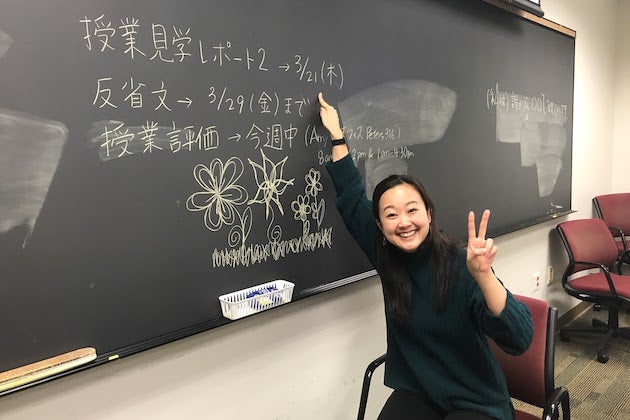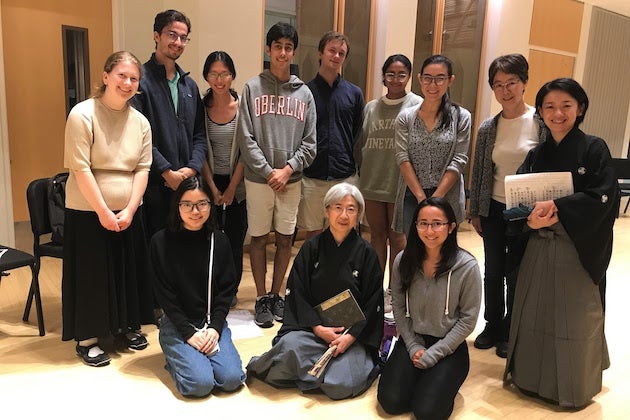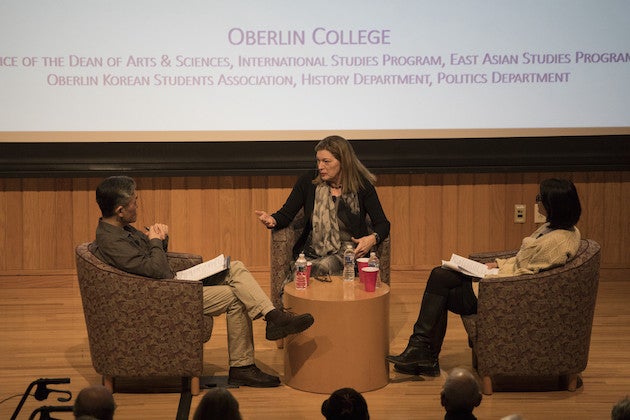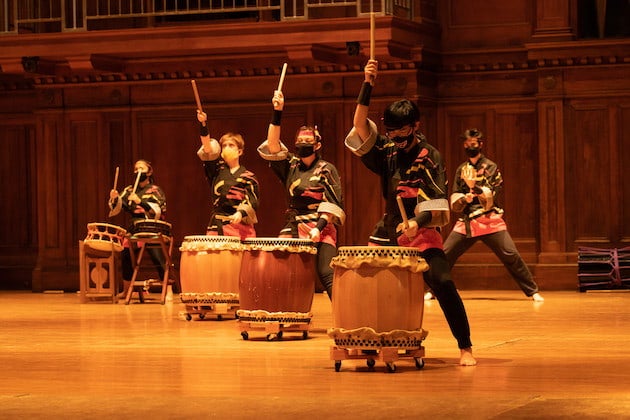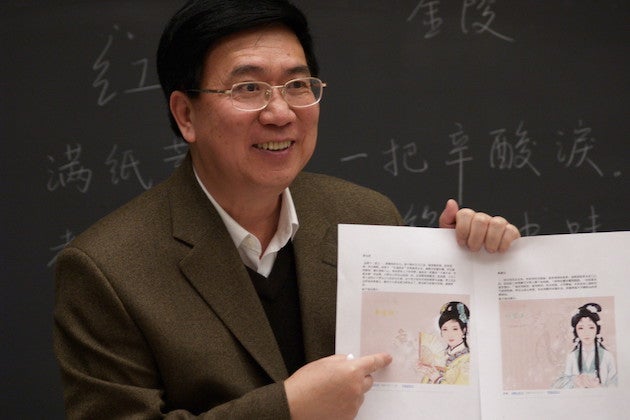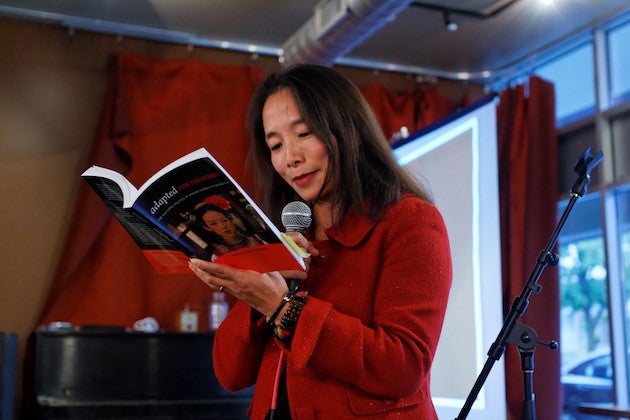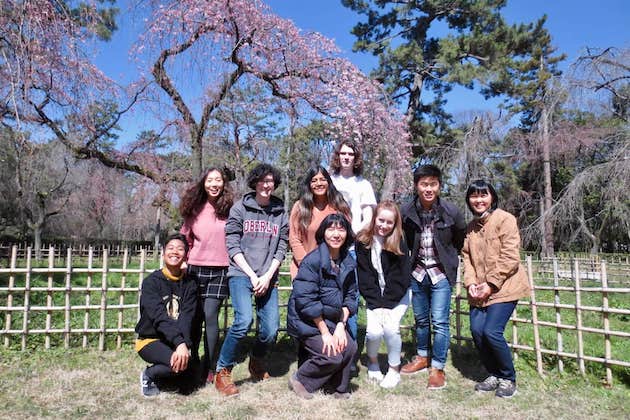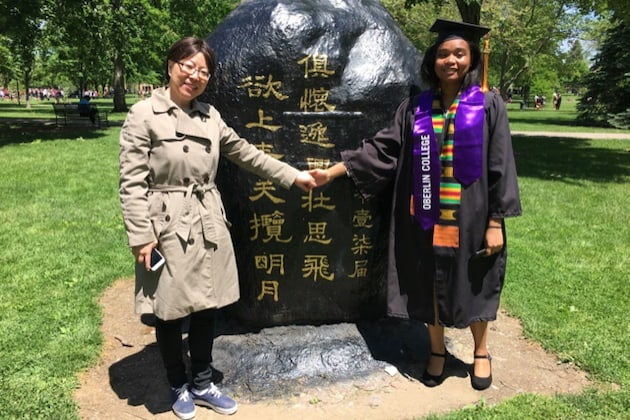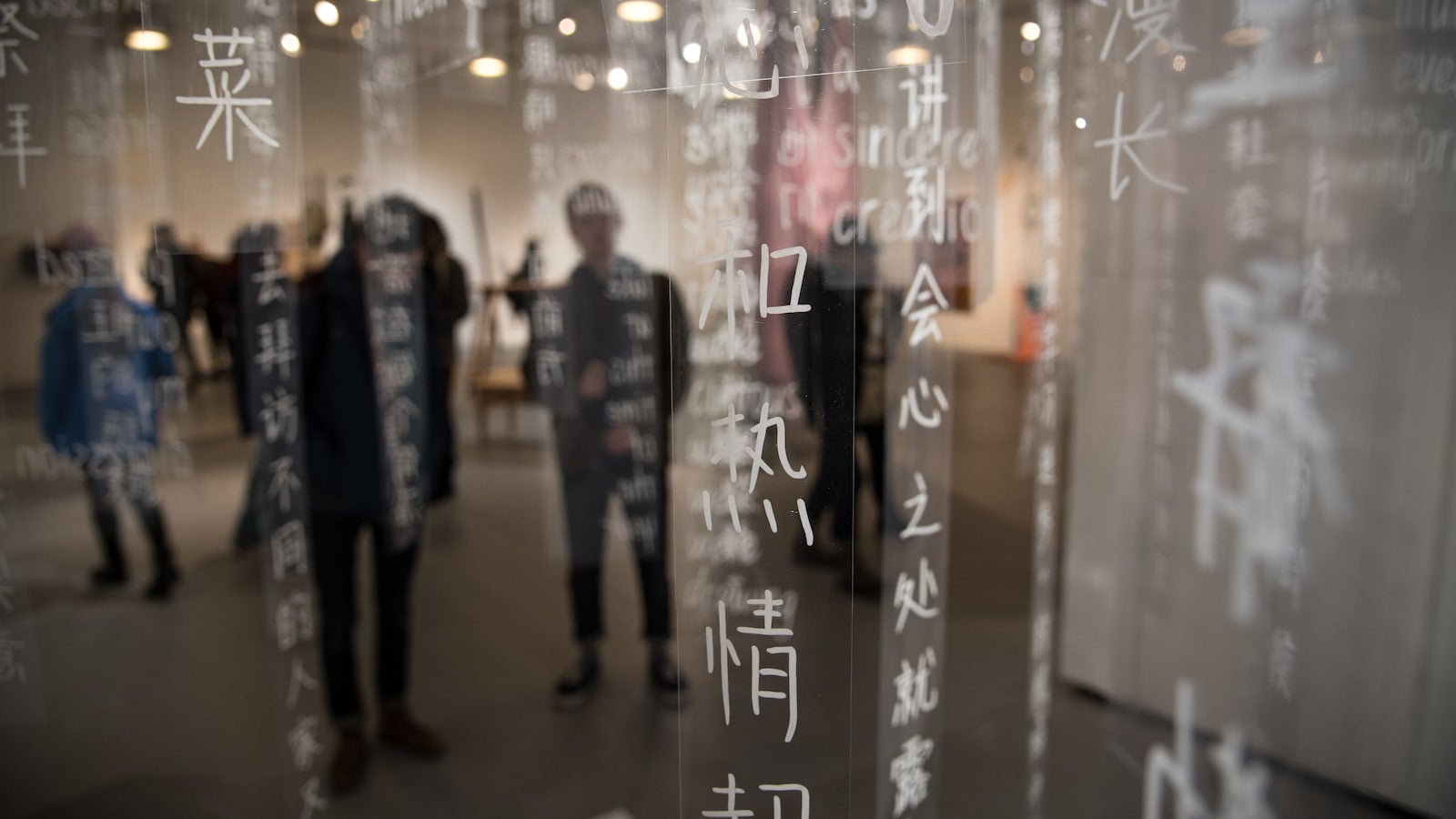
Program Overview
East Asian Studies
Study the languages and cultures of China, Japan, and Korea.
An Integrated Focus on East Asia
Oberlin College is among the top producers of Fulbright scholars in the United States with EAS among the top yielding programs at the college
Asian Art and Manuscripts
The arts and cultures of Asia have a significant presence at the Allen Memorial Art Museum and as part of the library’s Special Collections. EAS faculty regularly take classes to the museum and library to explore the arts and material cultures of Asia.
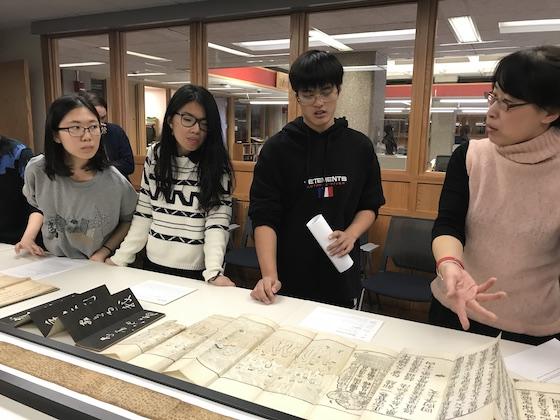
90% of EAS majors study or conduct research in Asia
Study Abroad in Asia
There is no substitute for an immersive cultural and linguistic experience. Oberlin partners with numerous universities in Asia to offer our students the best opportunities to learn abroad, with access to financial support from Oberlin Shansi and other fellowship organizations.
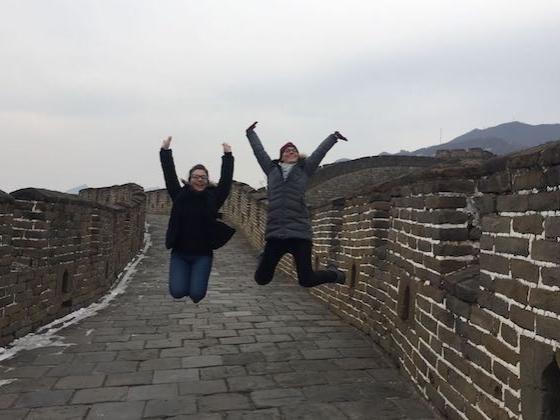
Featured Courses
EAST 107
Women and Literary Culture in Japan
Women wrote Japan’s most significant fiction and poetry, from the classical The Tale of Genji & Pillow Book, through 1920s proletarian literature, feminist manifestos of the 1960s, and manga of today. The course focuses on close readings of literary texts and criticism, informed by key concepts of gender, power, sexuality, and voice, and histories of women in literary spheres of society. We interrogate how cultural forms (linked verse, the confession, graphic novels) co-mingle with writing personas (narrator, author, reader).
- Taught by
- Ann Sherif
EAST 153
Religious Rituals in East Asia
Ritual has always played a central role in the religions of East Asia. In this course, we conduct case studies of ritual practices representative of each major tradition (Confucianism, Daoism, Buddhism, Shinto), as well as several that defy neat categorization. We will study ritual as compelling practices through which religious actors have sought to transform self, society, and cosmos. Orthopraxy, performance, affect, and the body are some the key themes we’ll consider in our engagements with textual primary sources as well as video and audio recordings of rituals as performed and recreated in contemporary settings.
- Taught by
- Andrew Macomber
EAST 309
Chinese Popular Cinema and Public Intellectualism
Does Chinese popular cinema function as public intellectualism? This course examines the history, genre, aesthetic, and politics of the post-reform Chinese fiction films and documentaries from 1982 to 2014. Studying the works of Zhang Yimou, Jia Zhangke, Wu Wenguang, Wong Kar-wai, Ann Hui, He Zhaoti, Wei Desheng and others, we examine the extent to which influential directors have become a new class or organic intellectuals who raise political questions to propel social change.
- Taught by
- Hsiu-Chuang Deppman
EAST 367
The Other Great Game, 1860-1905
The Korean peninsula was at the center of the most dramatic upheavals of the late 19th century and early 20th century East Asia. This was a period that witnessed the rise of Japan and the decline of China and the Sinocentric world order that had dominated the region for over a millennia. Imperial Russia was also making inroads into Asia. This seminar is focused on the diplomatic, political and military history of these years, concentrating on Korean, Russian, Chinese, Japanese, European and American history.
- Taught by
- Sheila Miyoshi Jager
Student Profiles
Teaching English in Taiwan
With a Fulbright ETA fellowship, Arman Luczkow ’22 will travel to Chiayi, Taiwan, combining his interests in teaching with a desire to improve his knowledge of Mandarin.

From Oberlin to Japan
An appreciation of Japanese history, culture, and language makes an Oberlin Shansi Fellowship a dream come true for Jasmine Mitchell ’21.

A Fulbright to South Korea
Catherine Lytle ’19 was an officer for the Oberlin Korean Student Association and a liaison for Asia House. During her junior year she studied at Seoul National University. She is now returning to Korea as a Fulbright Fellow.
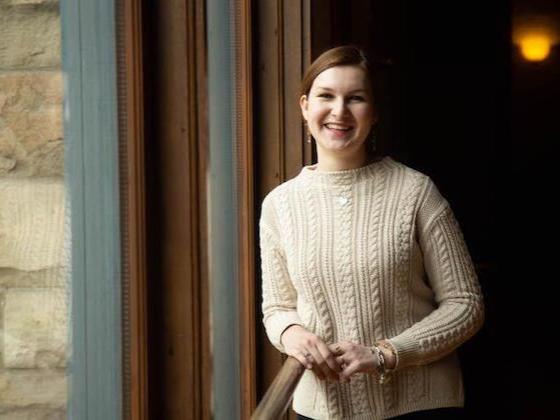
Upcoming East Asian Studies Events
Details: Date, Time, and Location
Date
-
Time
-
Location
Norman C. Craig Lecture Hall, Science Center
Jed Deppman Translation Symposium Student Reading
Details: Date, Time, and Location
Date
-
Time
-
Location
Norman C. Craig Lecture Hall, Science Center
Jed Deppman Translation Symposium Keynote Address
Next Steps
Get in touch; we would love to chat.
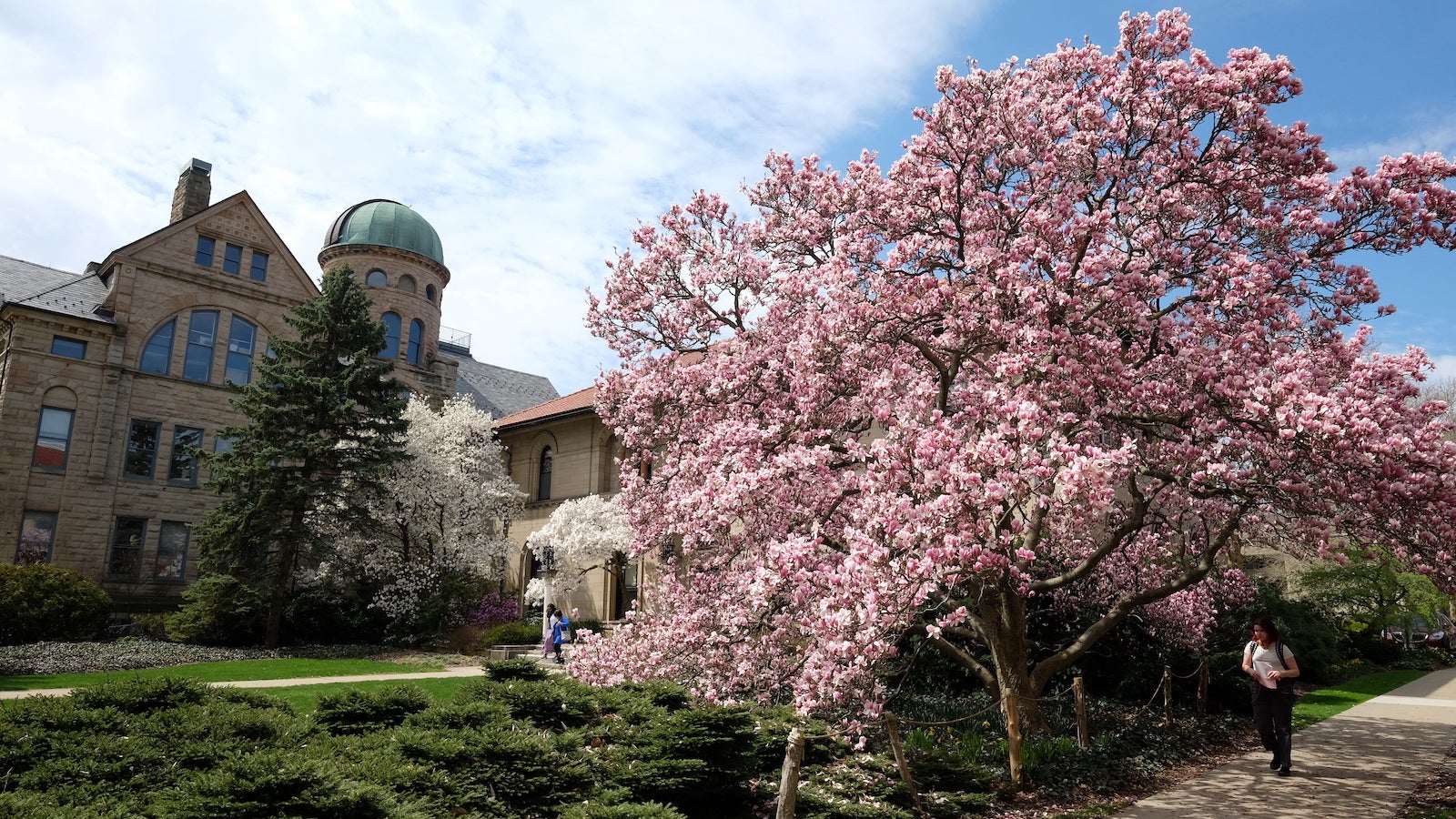
Photo credit: John Seyfried
